PDF File Analysis: Techniques for Secure PDF Documents Forensics
Portable Document Format (PDF) is the most commonly used format in today’s digital world. This is due to its compatibility, fixed formatting, and ability to store various content types, including text, images, hyperlinks, and embedded objects. Due to the rise in the usage of PDF format, it has become essential in security, Cyber / digital forensic investigations, and document integrity verification.
In every domain where you have been working, you have to know how to do PDF file analysis, extract metadata, and ensure document authenticity to help detect vulnerabilities. Whether as a cybersecurity expert, a forensic analyst, or a professional handling sensitive digital documents.
However, the PDF format includes so many authentic features that help users in each discipline. But, on the other side, it also makes PDFs susceptible to manipulation, malware injection and authorized modifications. As far as the digital evidence part is concerned, the PDF is one of the authorized file format that is legally accepted in the courts as evidence.
So, here is the complete guide for you to know the exact process of how to perform PDF file forensics with different aspects of PDF file analysis in a more advanced way. Let’s begin by understanding the core structure of a PDF file.
What is the Structure of the PDF File Format?
A PDF file consists of distinct components that define its structure and functionality. Understanding these elements is crucial for performing detailed PDF file analysis and identifying potential security risks.
Key Components of a PDF File
- Header- Specifies the PDF version, PDF creator app, page count, page size, and provides essential file information.
- Body- Contains the actual content, including text, images, and embedded objects.
- Cross Reference Table (XREF)- Maintains a directory of object locations, allowing for quick access.
- Trailer- Marks the end of the PDF and provides a pointer to the cross-reference table.
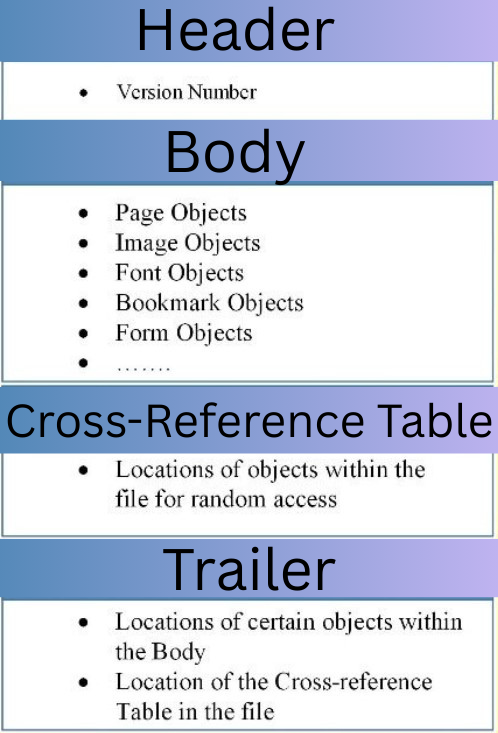
What is PDF File Analysis & Why is it Important?
PDF document analysis is the process of examining PDF files to extract valuable information, hidden data, and assess the security risks. PDFs are a highly used file format, and by conducting PDF file forensics, you can uncover crucial data. This is crucial for industries like cybersecurity, digital forensics, legal investigations, and data recovery. A PDF may contain hidden text, metadata timestamps, encrypted content, or even embedded malware, which can pose significant risks if left unchecked.
This is just identifying threats or verifying document authenticity. It’s a multifaceted process of wide-ranging importance that touches on efficiency, precision, and risk management in various domains. Below are several deeper reasons why PDF analysis is a critical skill:
One of the primary reasons to analyze a PDF is to verify its authenticity. PDFs serve as official records, contracts, or legal documents, as we discussed. So, any alterations or negligence can lead to serious consequences.
This is the highly demanded file format, which is commonly used by the examiner in Digital Evidence Collection in Cyber Security. There are various techniques which is used by malicious actors to attack these files. It’s important to analyze spam emails containing PDFs to protect the eviences consisting in the PDF.
It helps in investigations and identifying document tampering, verifying authenticity and also the digital footprints. PDF analysis process enables the retrieval of lost or hidden data as well from the corrupted or encrypted PDFs. This is so because in the forensics of PDF document files, there a huge changes of privacy attached to the PDFs.
Key Aspects of PDF File Forensics
It is crucial to understand the core elements of PDFs before handling the crucial evidence that PDFs identify hidden risks, extract valuable information, and ensure document integrity.
Understanding the core elements of PDF file analysis is crucial for identifying hidden risks, extracting valuable information, and ensuring document integrity. Whether for PDF file forensics, cybersecurity, or compliance, a detailed analysis helps uncover crucial insights.
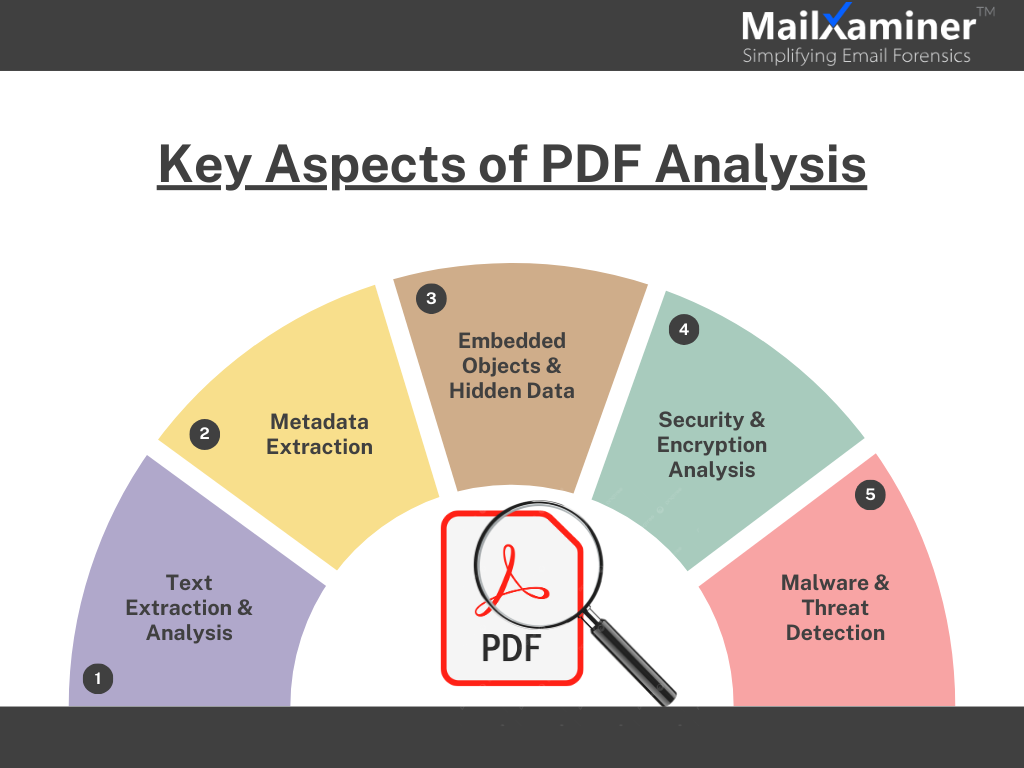
How to Perform PDF File Forensics Professionally?
A large number of PDFs may hamper your storage capacity. So compress all PDF files into a ZIP format for better storage. When dealing with multiple PDF files, zipping them together helps streamline file management by keeping related documents in one place. This also helps examiners in the PDF analysis process, as it can minimize the risk of corruption during uploads and downloads.
You can analyze the PDF through the advanced email forensics software globally known as MailXaminer. This powerful tool provides comprehensive PDF file forensics capabilities that allow examiners to extract, analyze, and verify critical document details efficiently.
Let’s see how to perform PDF file analysis through this software:-
Step 1. To start an investigation of PDF files. For that, first select create case.
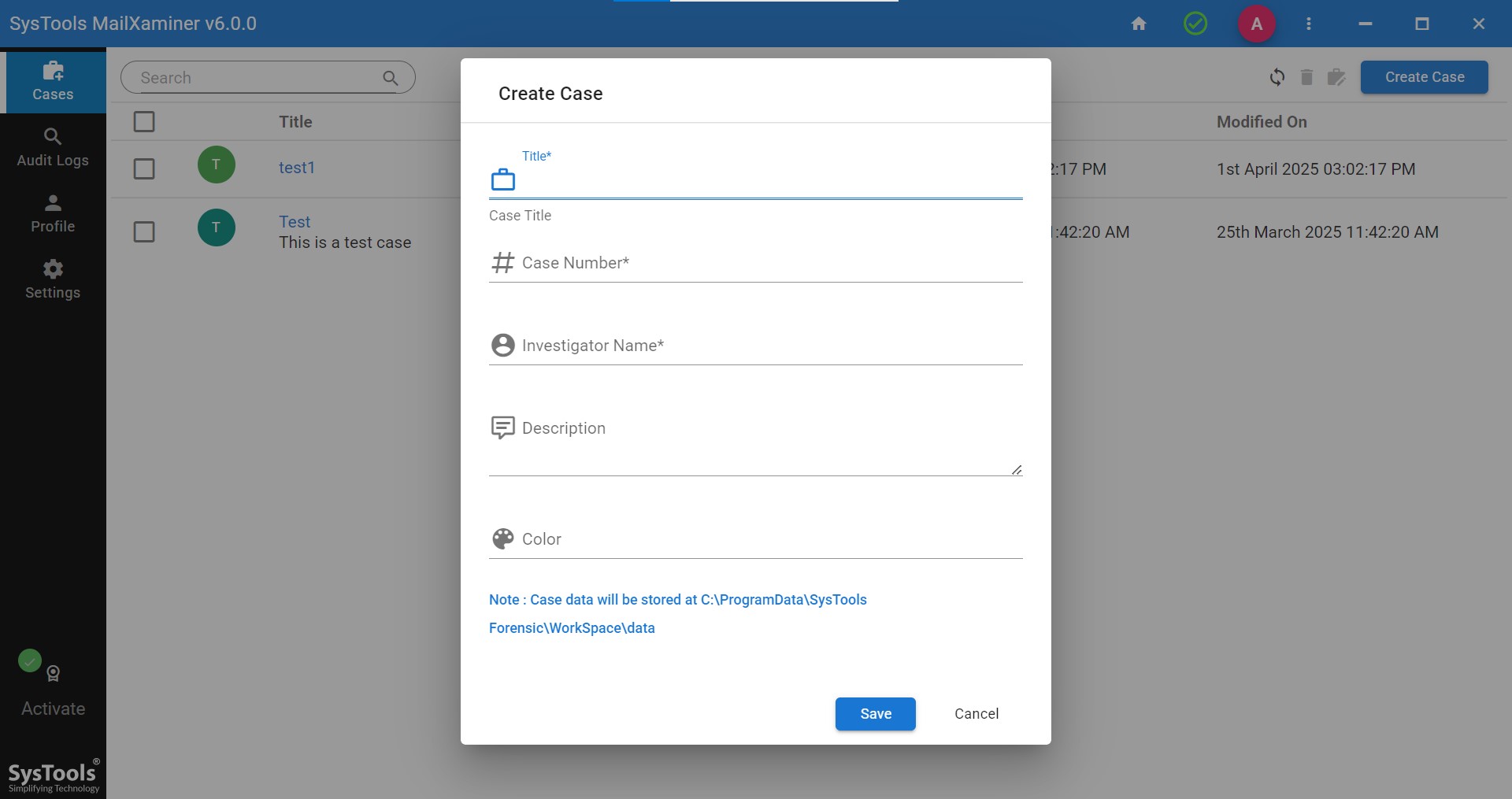
Step 2. Add PDFs as evidence in zip file format into the software.
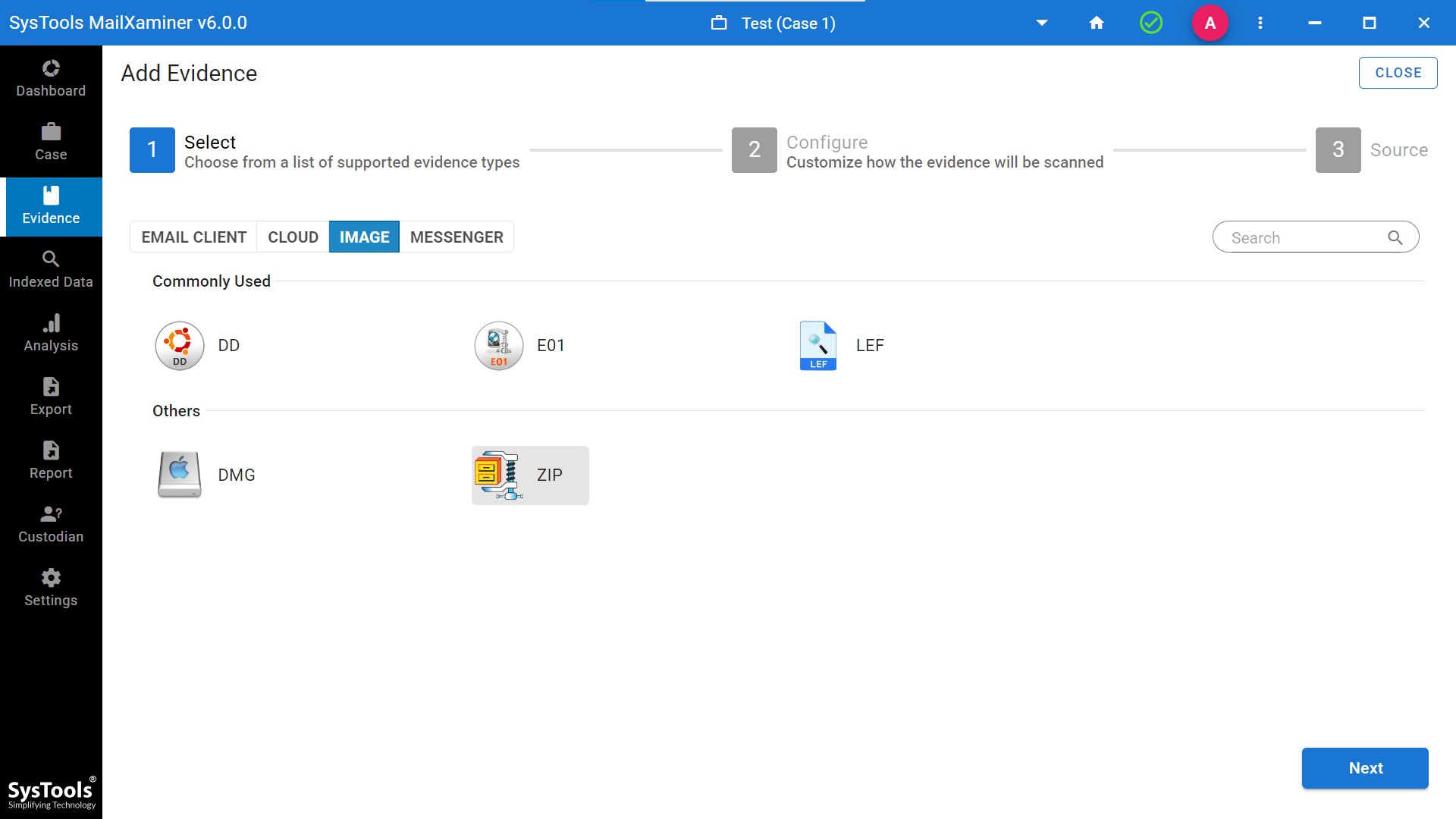
Step 3. After adding the evidence, allow some general setting options like image analysis, OCR analysis, etc, for deep analysis of the PDF document file.
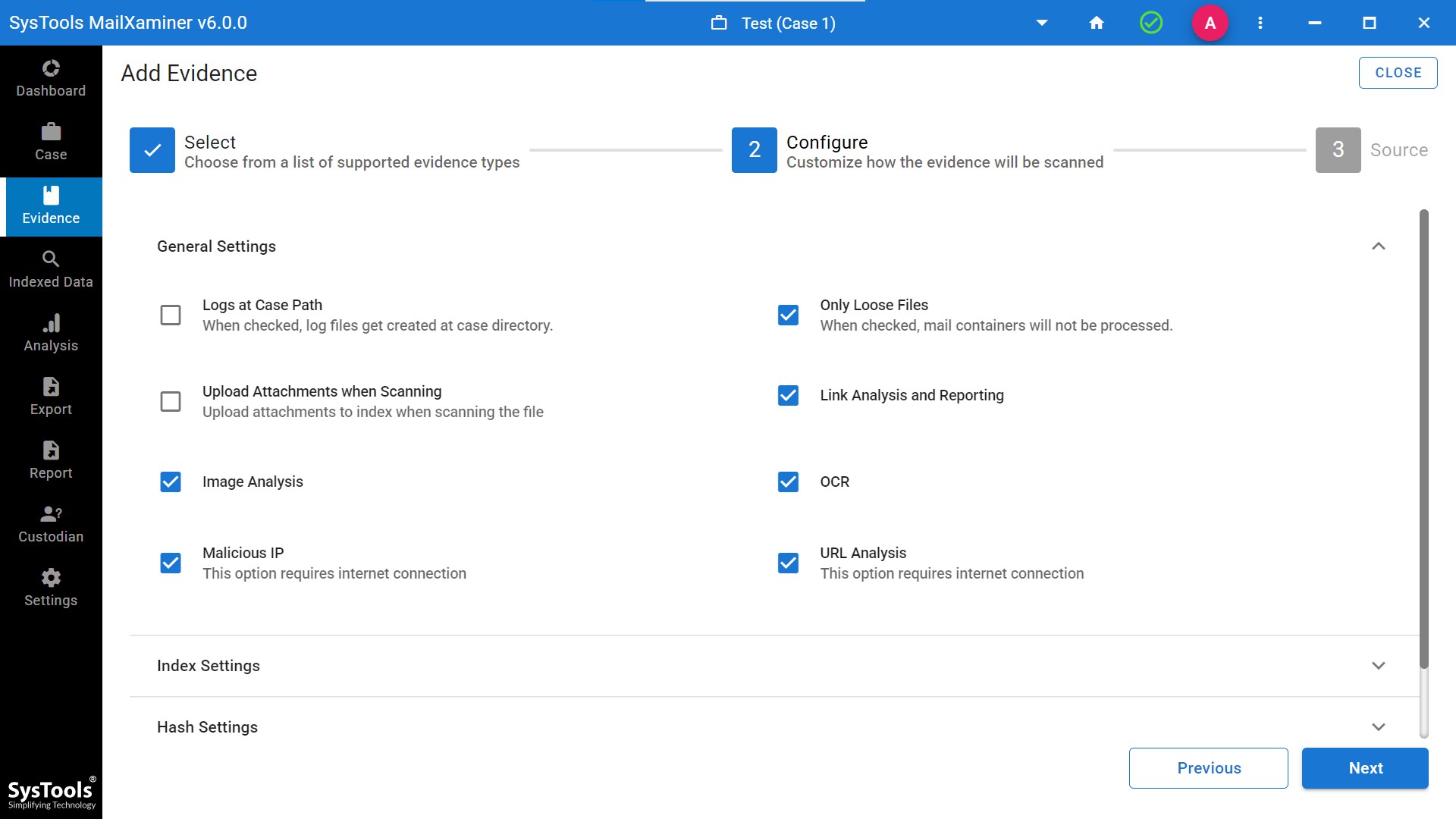
Step 4. The evidence is added successfully, and you will get a pop-up of successful import of evidence.
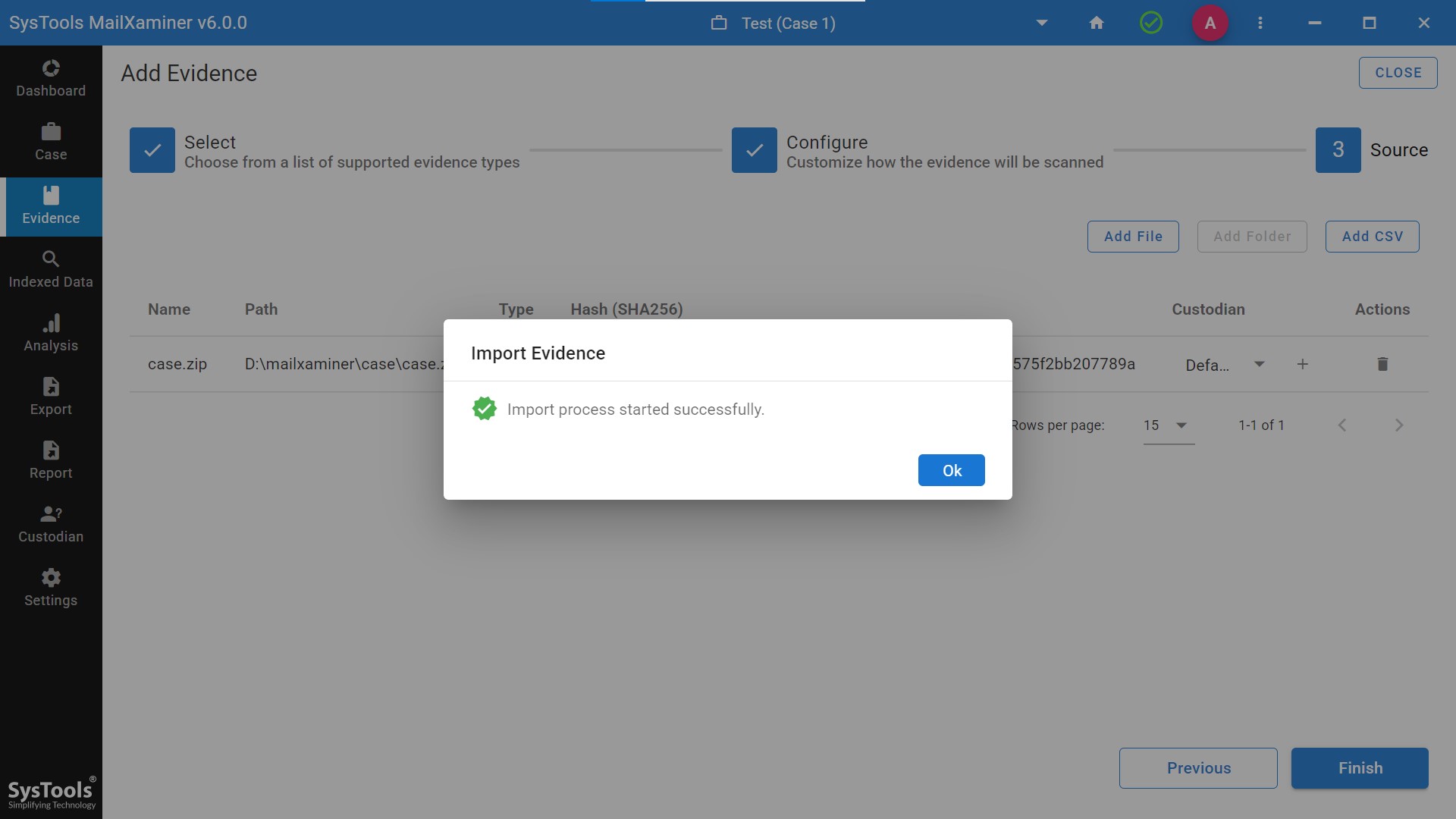
Step 5. Now comes the analysis part, from here you will be able to get the complete data of the loose files. It will show the properties, Preview, IP list, URL list and HEX of the selected files.

Step 6. Not only this, after analyzing the PDFs, you will be able to export these files into the different preferred file formats as per your choice.
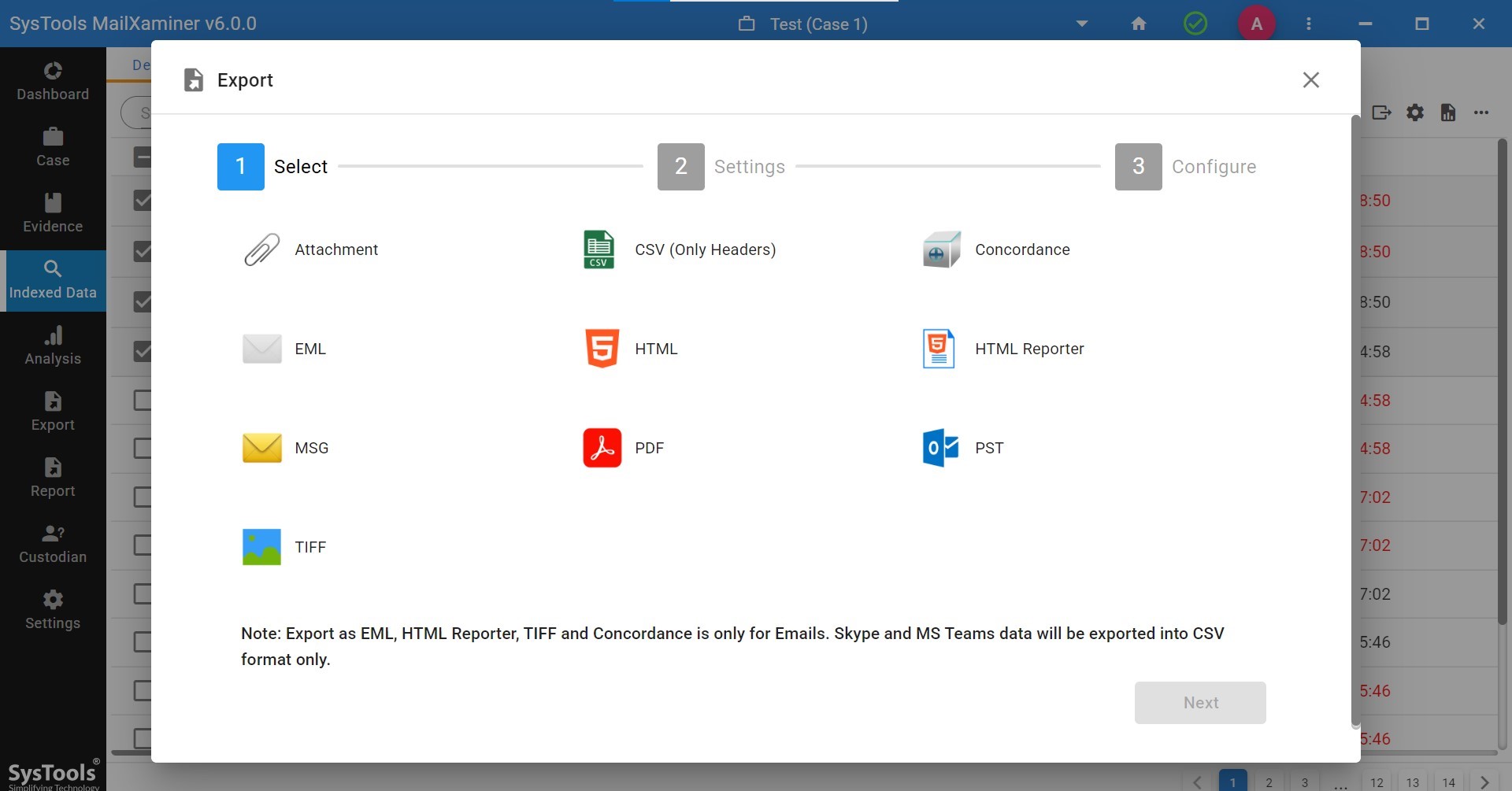
Conclusion
PDF file analysis is an essential skill in digital forensics, cybersecurity, and legal investigations. Understanding the structure, extracting metadata, and identifying potential security threats are crucial steps in ensuring document authenticity and integrity. Given the susceptibility of PDFs to manipulation, malware injection, and unauthorized modifications, leveraging advanced forensic tools makes the process enabling professionals to analyze, verify, and extract hidden information efficiently.
By following a structured approach and using the right forensic techniques, investigators can uncover critical evidence, detect tampered documents, and safeguard digital assets. PDF file forensics plays a pivotal role in maintaining digital security and trust, whether you’re handling sensitive legal documents, combating cyber threats, or conducting forensic investigations.

